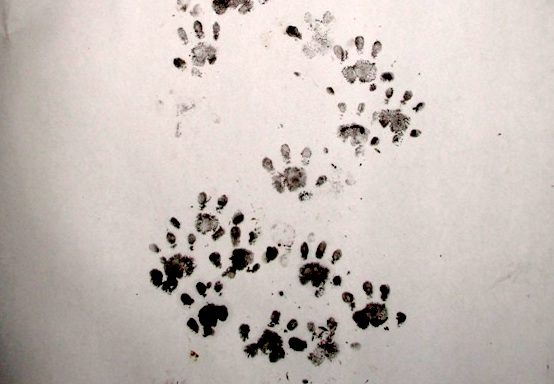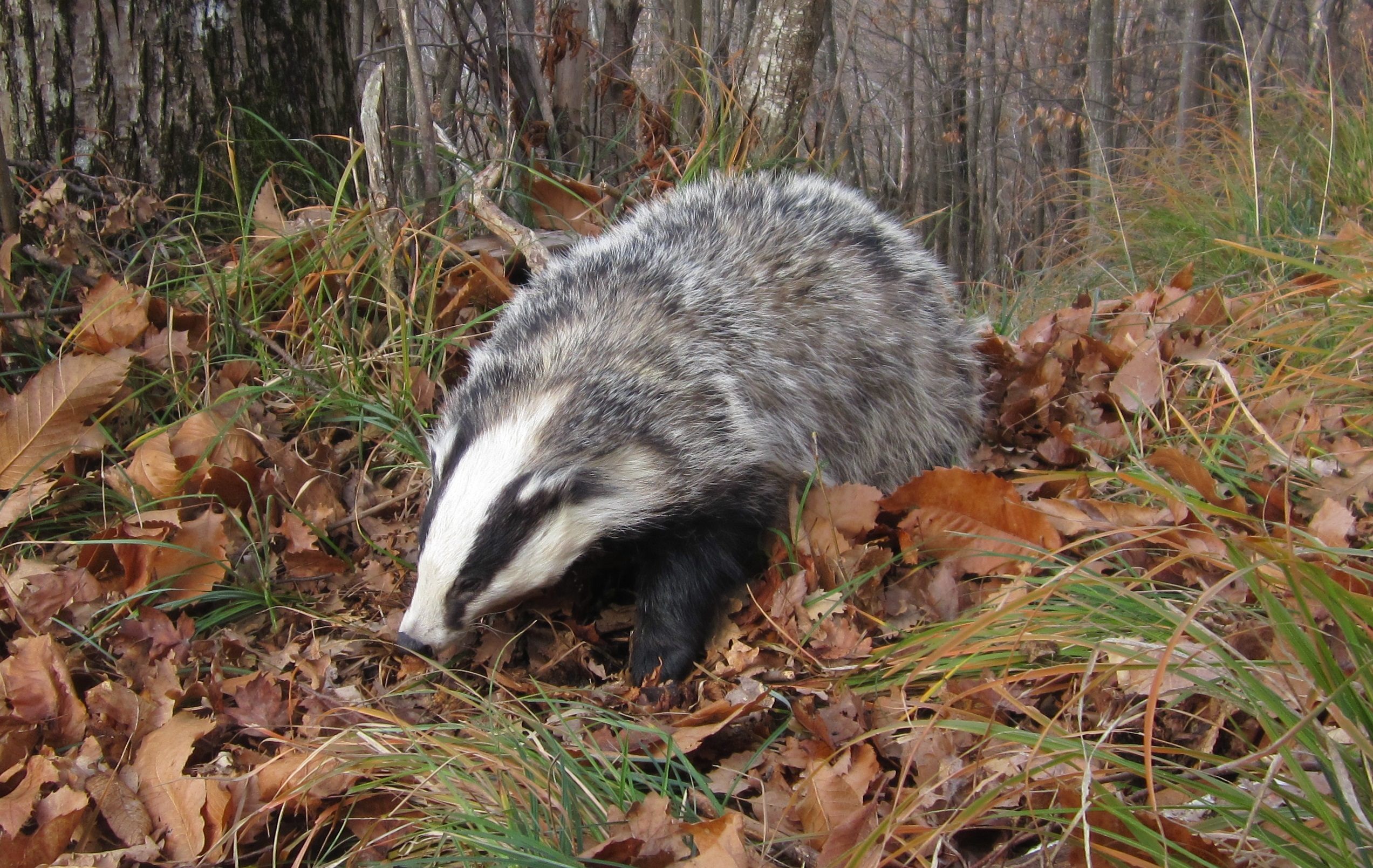The Great British Hedgehog Census Is Prickly Business
To understand what’s happening with the beloved critters, first you have to find them.
In the British countryside, hedgehogs aren’t easy to find. That’s partly because the spiky little critters are most active at night, and prefer quiet, undisturbed corners of the landscape, such as hedgerows. They’re also tough to track, since hedgehogs are pretty tidy travelers. They don’t leave prominent signs behind, such as notable piles of scat or scratches on trees. And they vanish for a solid chunk of the year, hibernating on and off from frost to thaw.
But they’re surely there, somewhere—though the latest theory is that there are fewer of them than ever. Lately, many of the hedgehogs that are seen have been mangled by car tires or mauled by badgers. The advocacy group Hedgehog Streets, which encourages people to bore through brick walls to make critter-friendly corridors, estimates that the decline has been steep. Over the past few decades, they say, the hedgehog population has decreased by half in the countryside, and by a third in urban areas. (According to a recent report from the British Hedgehog Preservation Society and the People’s Trust for Endangered species, the rate of decline does seem to be slowing.)
Precision is as elusive as the hedgehogs themselves, explains Ben Williams, a graduate student in biology at the University of Reading. Some previous studies extrapolated from a fairly small sampling of sites to draw conclusions about the country as a whole, he says, but a few pastures aren’t going to tell you much about forests miles away.

To refine estimates and understand the distribution of Britain’s only prickly mammal, a team led by Williams recently conducted a major hedgehog census. Williams and his collaborators enlisted hundreds of citizen volunteers and university students to help survey 261 randomly selected rural sites across England and Wales. These one-kilometer squares were grouped by land class, such as grassland, arable, woodland, and built environments. The researchers describe the process in a paper in Scientific Reports.
The team needed to use a combination of coaxing and patience to get the hedgehogs to reveal themselves. They set corrugated-plastic tunnels down parallel to the marginal spaces—fences, woodland edges, hedgerows—that hedgehogs are known to frequent. To entice them inside, the researchers and volunteers set out dishes of store-bought hedgehog food, which is usually high in protein and similar to kibble for cats (though some hedgehogs apparently enjoy meat-flavored baby food, too). The team lined each tunnel with paper and strategically placed a shallow dish containing a paint mixture made from oil and carbon powder at the end opposite the food. “Anything that goes through the tunnel is leaving a fingerprint, so to speak,” Williams says. Unlike water, the oil mixture stayed visible on the paper overnight, so team members could check in during daylight hours.
Judging by the smudges left behind on the paper, snakes, birds, and frogs passed through some of the tunnels. But the researchers had no problem cutting through this visual noise, because hedgehog paw prints are pretty unmistakable, Williams says: “I think they look a bit like small baby handprints.” Each print appears to have a fleshy little palm, surrounded by a “thumb” and four skinny fingers.

Hedgehogs were present in only 21 percent of the sites, particularly in arable, pastoral, and upland environments. The researchers suggest that badgers might be getting more than their fair share of blame for the hedgehogs’ woes: Predator and prey seemed to coexist at some of the sites, and 71 percent of the badger-free sites were also lacking hedgehogs. “The main finding is that we recognize that badgers are having a negative impact, but the habitat or something else in the landscape is likely to be having a more significant impact,” Williams says.
Though there’s not yet enough data, he suspects that extreme weather might play a role. Wet, flood-prone winters could drown hedgehogs hunkered down among tree roots, while parched summers mean fewer earthworms, beetles, and caterpillars for the mammals to eat.

It’s also hard to say what impact land-use is having on them. The team sent questionnaires to farmers to learn more about their practices involving pesticides, for instance, or setting out traps for pests such as minks. Response rates weren’t great. “Landowners might not have wanted to tell us exactly what they were doing, thinking we might disapprove,” Williams says. Additional research may help identify whether doing away with monocultures, encouraging hedgerows, and increasing the field margins on farmed land can make Britain more friendly to hedgehogs, and to the many humans who adore them.



















Follow us on Twitter to get the latest on the world's hidden wonders.
Like us on Facebook to get the latest on the world's hidden wonders.
Follow us on Twitter Like us on Facebook